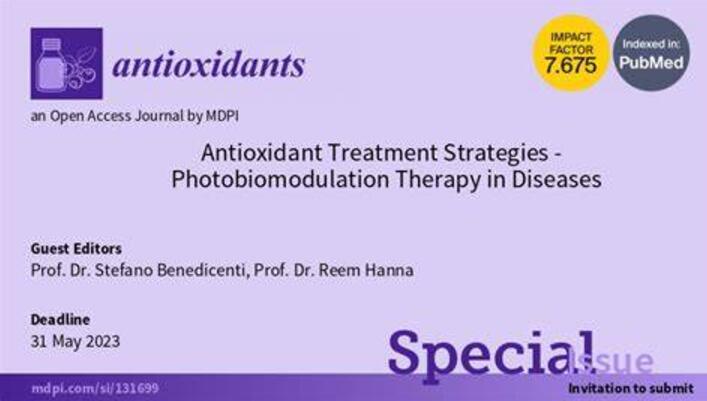Actinidia chinensis Planch Ameliorates Photoaging in UVB-Irradiated NIH-3T3 Cells and SKH-1 Hairless Mice by Controlling the Reactive Oxygen Species/AKT Pathway
IF 6.6
2区 医学
Q1 BIOCHEMISTRY & MOLECULAR BIOLOGY
引用次数: 0
Abstract
In this study, we evaluated the antiphotoaging properties of Actinidia chinensis Planch (ACP) and the molecular mechanisms underlying its ability to prevent UVB-mediated photoaging. Administration of the ethanolic extract of ACP (EEACP) to the dorsal area of hairless mice effectively ameliorated UVB-mediated wrinkle formation, epidermal thickening, and loss of lipid droplets in the epidermis. Additionally, the UVB-induced loss of collagen content in the epidermis was significantly attenuated in mouse skin treated with EEACP. The expression of procollagen type 1 and metalloproteinase-1a, which are related to collagen content in the epidermis, was restored by EEACP treatment in UVB-irradiated mice and NIH-3T3 mouse skin fibroblast cells. Interestingly, EEACP effectively ameliorated UVB-induced reactive oxygen species overproduction. Furthermore, the activation/phosphorylation of AKT, rather than mitogen-activated protein kinases, has been identified as a major target of EEACP in preventing UVB-mediated photoaging. Additionally, N-(1 deoxy-1-fructosyl) valine and phenethylamine glucuronide were identified as analytical indicators of EEACP using high-performance liquid chromatography/mass spectrometry. These results suggest that EEACP can be developed as a functional natural agent capable of preventing photoaging by attenuating UVB-induced activation of the reactive oxygen species/AKT pathway.放线菌通过控制活性氧/AKT 通路改善经 UVB 照射的 NIH-3T3 细胞和 SKH-1 无毛小鼠的光老化现象
在这项研究中,我们评估了放线菌(Actinidia chinensis Planch,ACP)的抗光老化特性及其防止紫外线介导的光老化的分子机制。在无毛小鼠的背侧给予放线菌乙醇提取物(EEACP)可有效改善紫外线引起的皱纹形成、表皮增厚和表皮脂滴的脱落。此外,在使用 EEACP 的小鼠皮肤上,紫外线诱导的表皮胶原蛋白含量损失也明显减少。经 EEACP 处理的 UVB 照射小鼠和 NIH-3T3 小鼠皮肤成纤维细胞中与表皮胶原蛋白含量有关的 1 型胶原蛋白和金属蛋白酶-1a 的表达得到恢复。有趣的是,EEACP 能有效改善 UVB 诱导的活性氧过量产生。此外,EEACP 在防止 UVB 介导的光老化方面的主要靶点是 AKT 的活化/磷酸化,而不是丝裂原活化蛋白激酶。此外,还利用高效液相色谱/质谱法确定了 N-(1-脱氧-1-果糖基)缬氨酸和苯乙胺葡萄糖醛酸苷作为 EEACP 的分析指标。这些结果表明,EEACP 可以开发成一种功能性天然制剂,能够通过减少紫外线诱导的活性氧/AKT 途径的激活来防止光老化。
本文章由计算机程序翻译,如有差异,请以英文原文为准。
求助全文
约1分钟内获得全文
求助全文
来源期刊

Antioxidants
Biochemistry, Genetics and Molecular Biology-Physiology
CiteScore
10.60
自引率
11.40%
发文量
2123
审稿时长
16.3 days
期刊介绍:
Antioxidants (ISSN 2076-3921), provides an advanced forum for studies related to the science and technology of antioxidants. It publishes research papers, reviews and communications. Our aim is to encourage scientists to publish their experimental and theoretical results in as much detail as possible. There is no restriction on the length of the papers. The full experimental details must be provided so that the results can be reproduced. Electronic files and software regarding the full details of the calculation or experimental procedure, if unable to be published in a normal way, can be deposited as supplementary electronic material.
 求助内容:
求助内容: 应助结果提醒方式:
应助结果提醒方式:


